Red lightning in the garden or imperata cylindrical
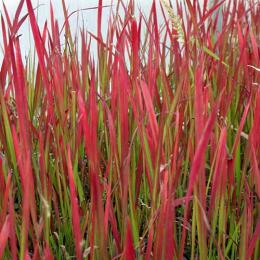
Imperata cylindrical is a perennial herbaceous plant of the Poaceae family.
Content:
Natural distribution area
Currently, it is widespread in areas with a mild, warm climate, although imperata is native to Asian countries: China, Japan.
On a straight, quite high up to 90 cm, stem there are long, narrow, pointed leaves alternately. Leaf color - green, but decorative varieties with colored leaves have been bred. The rhizome is narrow, yellowish in color, and produces creeping shoots. Flowering may occur in mid-spring, but this phenomenon is quite rare. The imperata inflorescence is a cylindrical panicle, up to 10 cm long, painted white-silver.
In the wild, it is a dangerous weed that spreads quickly and easily, occupying all available areas. Which become practically impassable for humans and animals. Due to its hard stems and leaves, it is not suitable for food by either wild or domestic ungulates. By displacing the usual vegetation, it prevents the nesting of small and medium-sized birds, which cannot build nests among the extremely hard bases of the plant. Threatens many species of animals and birds with injury.
The southern regions of the United States especially suffer from imperata thickets. All wastelands, clearings and burnt areas along federal highways are occupied by this weed.
May have other names:
Imperata in the garden landscape
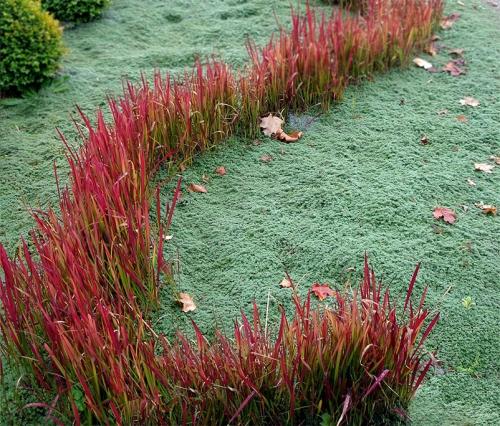
Imperata cylindrical found its application in garden design thanks to the variety "Red Baron". The plant is from 45 cm to 80 cm in height. When young leaves appear, they are bright green, but the tips of the leaves look like tongues of flame, they are colored rich red. Gradually, over the entire summer season, the red zone expands, coloring the entire leaf. In garden design, an adult bush can also be used as a solitary plant, planted in the ground or in a container.
In combination with other variegated ornamental grasses it produces bright compositions. The following ornamental grasses would be an excellent addition to imperata:
- Manna
- meadowweed
- reed grass
- sheep
- miscanthus
- falaris
- Buharnik
- calamus
If the garden has an artificial pond with aquatic plants, then imperata will be an excellent addition to the design of its banks, tinting its water in red shades.
In the center of low-growing ground cover plants, such as creeping horizontal junipers, imperata bushes will create bright red accents. Goes well with variegated and purple-leaved barberries, yellow-leaved jasmines, fieldfare, and cypress.
Indispensable for creation of Japanese kindergartens and at the base of the rock garden. The plant is not aggressive; it reproduces only by cuttings of rhizomes.
Planting and growing
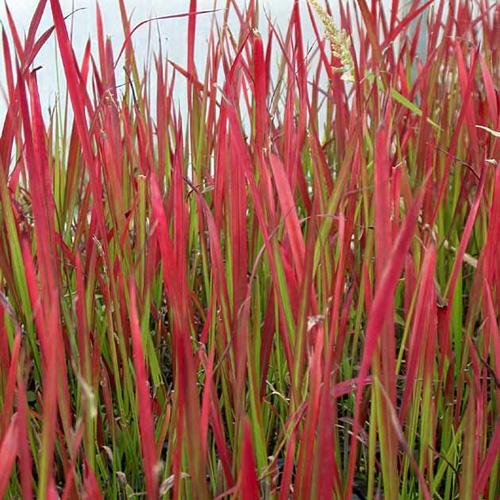
If you like the Imperata variety "Red Baron" and want to add to your collection ornamental cereal perennials, then you can find and buy imperata in specialized stores. Now this can be done in online stores.You can also look in private collections.
The Imperata winters very well in central Russia, as well as in Ukraine and Belarus.
In order for the plant to maintain its decorative appearance, it is important to choose the right place in the garden. To plant imperata, you need to choose a well-lit place with maximum daily sun exposure. It is not demanding on the composition of the soil.
Under the imperata bush we dig a planting hole, twice the size of the root ball of the bush. Mulch the bottom with compost and add complex fertilizer. We install the plant, fill the hole with soil, and lightly compact it. We spill water. We mulch the soil around the plant with a layer of compost three centimeters high.
Annual care consists of cutting stems and leaves by 10 cm in autumn and mulching the root zone for the winter. If green shoots that are not colored red suddenly appear, they must be removed without allowing them to grow. Over time, old bushes need to be dug up and rejuvenated, removing dead shoots. During dry spring and summer seasons, it requires moderate watering.
It grows quite slowly; the bush reaches its greatest decorative value by four years. The bright plant is used in floristry when arranging bouquets. Decoctions of the rhizome of imperata cylindrical are used in folk medicine to treat diseases of the throat, respiratory tract, stomach, liver, and kidneys.
Once you see decorative plantings of the Imperata cylindrical variety "Red Baron" you will certainly want to plant red lightning in your garden.
Imperata cylindrical - garden decoration, look at the video:
Interesting information about the vegetable garden

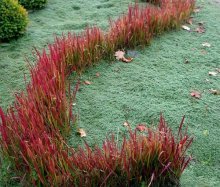

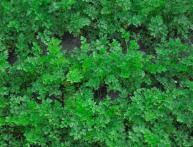
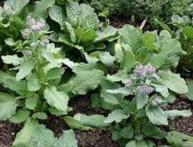
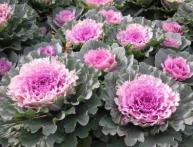
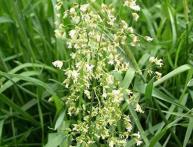
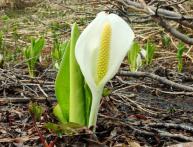
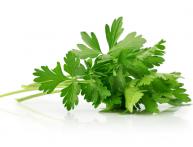
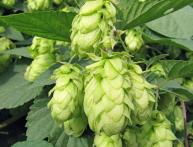
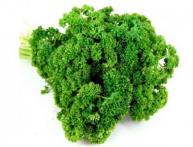
Comments
I agree, imperata grows very slowly. In the first year, no appearance. But already in the second year the tops turned red.In my garden it is beautifully framed by silver cineraria. I mulched it for the winter only in the first year.